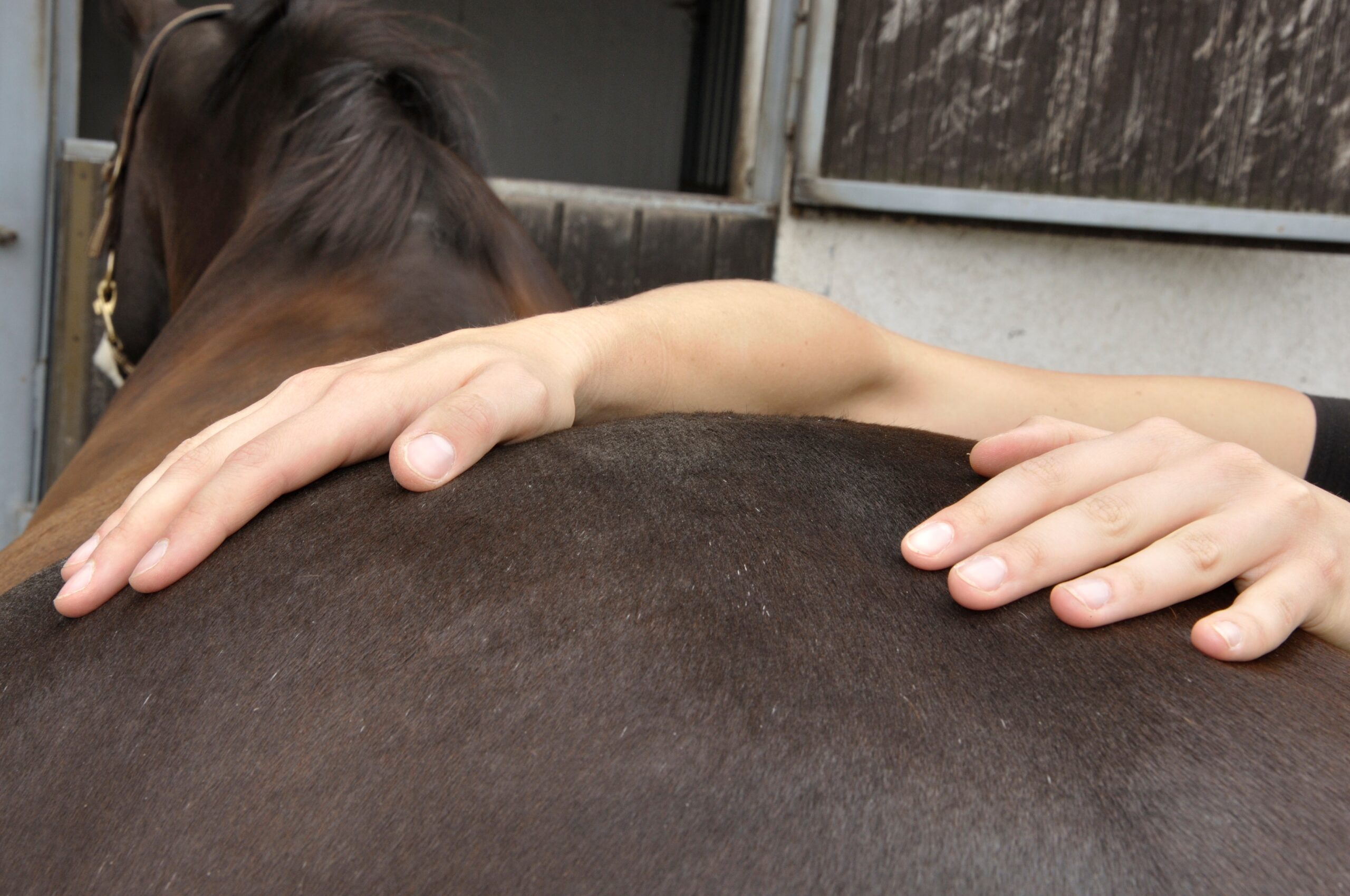When training horses for demanding equestrian sports, it’s important to pay close attention to their level of soreness so that their progress and health can be monitored. Riders and trainers ask a lot from their equine partners during training sessions aimed at developing the strength, stamina, flexibility, and skills needed to compete. As a bodyworker, soreness tells me that there are three actionable considerations, the level of soreness in relation to the horses’ work, is the horse using his body correctly, and it’s a great way to gauge when it’s time to change the program.
Soreness Level
Does the level of soreness coincide with the level of work? It’s natural that some muscle soreness will result from the intensive exercise routines we put horses through. However, distinguishing between normal muscle soreness versus more serious underlying issues is crucial. I like to tell my clients that their horse is sore in all the right places. Meaning they’re on track with their training and it’s normal. At times, horses moving up the levels in training become sorer, this is an opportune time for your bodyworker to come in and give your horse a session and/or give your horse a break day with light exercise.
Correct Body Usage
Is the horse using his body correctly? Sometimes, I feel soreness in a horse more so on one side than the other. This means that the horse is compensating or weaker on one side. This becomes a baseline until the horses training program evens them out. Even with good training a horse can simply be conformationally built in a way that will create a weaker side which in turn will just have more soreness. From my experience, everything centers around good core strength. If a horse uses its core to lift through the withers, then it will have less back soreness as they move up the levels. Any time a horse has difficultly lifting its sternum, it most likely will have back soreness. This is because the horse must use his back more than his core, creating more soreness than usual. Have you ever done Pilates? If you don’t use your core, then your back suffers. One of the main reasons why I love Belly Lift stretches.
Time for a Change
Is it time to change the program? This happens automatically with all my amazing trainers. They know when it’s time to change the program, increase the level of difficulty or give the horse some time off and/or teach the horse something new. This creates soreness and a new baseline for me.
In conclusion, monitoring soreness allows us to know if it coincides with the amount of work, if the horse is using his body correctly, and when it’s time to change the program. Ultimately, monitoring soreness lets us push our equine partners to reach their performance potential while still respecting and supporting their health and welfare.

